
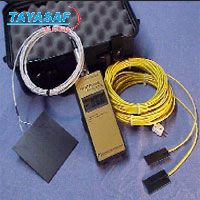
Model HB-100热损耗检测系统
| 订货号: | MM-37514-00 |
| 产地: | 美国 |
| 品牌: | |
| 开发编号: | N |
| 市场价: | ¥ |
| *此产品根据配置不同价格不同 |
| *此价格为参考价格,具体价格以订单合同为准 |
- 我在现场:
- 产品视频:

- 产品描述
- 技术参数
- 技术文档
- 相关产品
- 明细价格
- 购买流程
产品描述:
Model HB-100 Heatprobe Shown With Optional “K” Factor Attachment
Industrial/Residential Heat Loss Surveys
Building Insulation Conformance Tests
Refrigerator Insulation Testing
Boiler/Steam Pipe Heat Loss Measurements
”K” Factor Determinations
APPLICATION
PRINCIPLE
The Model HB-100 Heatprobe is a solid state, thermoelectrically powered, digital readout, heat flux measuring system. The unit is capable of directly measuring heat fluxes from 0.1 watts/meter to 1350 watts/meter ; it can therefore detect and respond to the entire practical range of heat fluxes normally encountered in the field or laboratory.
Measurements may be made of the total heat flow either to, or from any solid surface to which the
transducer may be attached (Fig. 1). When the transducer attains thermal equilibrium with the heat
transfer surface and its surroundings, the digital readout indicates the steady state heat flow in terms of watts/meter . Transient heat flow fluctuations having periods of five seconds or more may also be followed.
The “K” factors of walls or other insulated barriers may be measured with the Model HB-100. The
readout is also designed to measure temperatures of both surfaces of a wall or barrier; the readout
automatically computes the resulting surface temperature difference. With the measured heat flux
and temperature difference, the “K” factor can be determined.
PRINCIPLE
The flow of heat from, or to the surface whose heat flow rate is to be measured creates a small
temperature difference between the upper and lower surfaces of the transducer. These surfaces are in thermal contact with a special, miniature, high temperature thermopile which generates a direct
current signal from the temperature difference. The signal is directly proportional to the heat flux
through the transducer. The hundreds of thermoelectric elements in each transducer yield multi-millivolt signals which may also be measured separately by a portable potentiometer, or
recorder. The thermal resistance introduced by the transducer is normally negligible for most practical applications.
CALIBRATION
Each Heatprobe transducer is individually calibrated at a base temperature of 75 F. An absolute calibration technique is used to determine the transducer constant to the required accuracy. (ASTM C177-76, mod.)
OPERATION
The increasing emphasis on energy conservation has prompted renewed interest in the heat
transport characteristics of both commercial and residential buildings. To satisfy the requirement
for quantitatively establishing relative heat losses through structural components, a portable system for directly measuring heat losses is necessary. In addition to adequate sensitivity and accuracy, the system should rapidly respond in order that a series of surface heat loss determinations be made under a fixed set of environmental conditions. It is only under these circumstances that a true comparison can be made between the heat transfer characteristics of the various building components. The Model HB-100 has been designed to satisfy most requirements for such structural heat loss determinations.
To conduct a local heat loss survey, the heat flux probe is attached to the heat transfer surface
either by means of tape, or a demountable adhesive (Fig. 1). The signal cable is conducted
parallel with the surface to the readout/operator, as shown in Figure 1. The operator should minimize his thermal view of the transducer because of its sensitivity to body heat. Measurements can be taken as soon as the transducer reaches thermal equilibrium. Air currents may cause minor
fluctuations, however, these can be averaged out over several minutes.
To determine the thermal conductance of a wall or barrier, the temperature sensors are attached opposite each other on both sides of the barrier through which a steady flow of heat exists.
The Heat flux probe is attached to the interior wall surface immediately adjacent to the temperature sensor (Fig. 3). Heat flux and temperature difference data are read out consecutively on the digital meter.
The thermal conductance of heavily insulated walls which undergo temperature transients may also be measured by means of periodic averaging over several transients.
技术参数:

泰亚赛福作为众多知名品牌的合作伙伴,优惠的价格+完善的售后服务体系向您提供产品。font>

泰亚赛福作为众多知名品牌的合作伙伴,优惠的价格+完善的售后服务体系向您提供产品。font>
技术文档:

泰亚赛福作为众多知名品牌的合作伙伴,优惠的价格+完善的售后服务体系向您提供产品。font>
- 在线浏览:
- 文档下载:

泰亚赛福作为众多知名品牌的合作伙伴,优惠的价格+完善的售后服务体系向您提供产品。font>
相关产品:

泰亚赛福作为众多知名品牌的合作伙伴,优惠的价格+完善的售后服务体系向您提供产品。font>
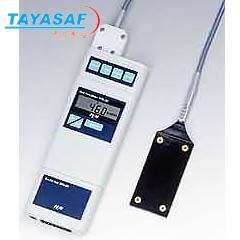 HFM201热流计订货号:MM-15443-00
HFM201热流计订货号:MM-15443-00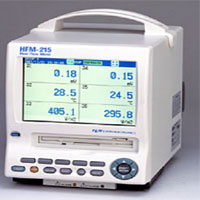 HFM-215多点热流计订货号:MM-37464-00
HFM-215多点热流计订货号:MM-37464-00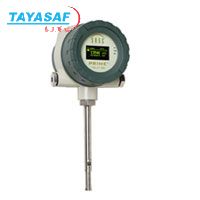 SIP-030热流计订货号:MM-37465-00
SIP-030热流计订货号:MM-37465-00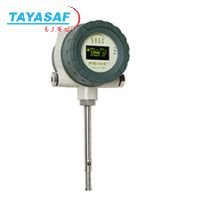 SIP-050热流计订货号:MM-37466-00
SIP-050热流计订货号:MM-37466-00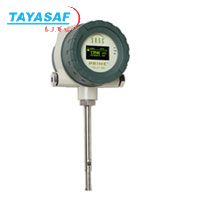 SIP-075热流计订货号:MM-37467-00
SIP-075热流计订货号:MM-37467-00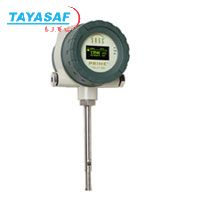 SIP-100热流计订货号:MM-37468-00
SIP-100热流计订货号:MM-37468-00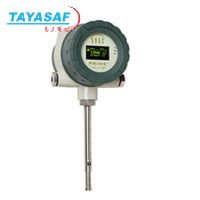 SIP-125热流计订货号:MM-37469-00
SIP-125热流计订货号:MM-37469-00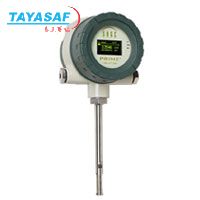 SIP-150热流计订货号:MM-37470-00
SIP-150热流计订货号:MM-37470-00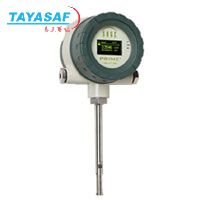 SIP-250热流量计订货号:MM-37471-00
SIP-250热流量计订货号:MM-37471-00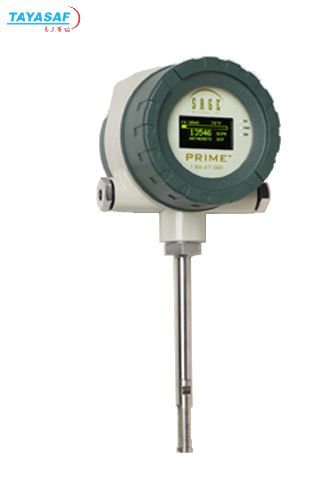 SIP-300热流量计订货号:MM-37472-00
SIP-300热流量计订货号:MM-37472-00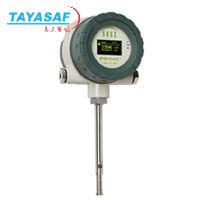 SIP-400热流量计订货号:MM-37473-00
SIP-400热流量计订货号:MM-37473-00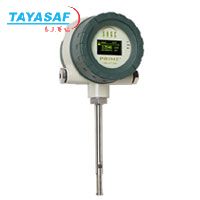 SIP-05-12热流量计订货号:MM-37474-00
SIP-05-12热流量计订货号:MM-37474-00

泰亚赛福作为众多知名品牌的合作伙伴,优惠的价格+完善的售后服务体系向您提供产品。font>
明细价格:

泰亚赛福作为众多知名品牌的合作伙伴,优惠的价格+完善的售后服务体系向您提供产品。font>
| 定货号 | 产品名称 | 规格配置 / 简介 | 市场价/(会员价) |
|---|---|---|---|
| MM-37514-00 | Model HB-100热损耗检测系统 | /() |

泰亚赛福作为众多知名品牌的合作伙伴,优惠的价格+完善的售后服务体系向您提供产品。font>
购买流程:

泰亚赛福作为众多知名品牌的合作伙伴,优惠的价格+完善的售后服务体系向您提供产品。font>
①购买产品:点击“生成订单”→填写产品数量、联系方式并提交→会员顾问订单处理→合同签订。
②咨询产品:请联系会员顾问或致电会员客服电话。
③如果您还不是我们的会员,请先注册。
④最小起订数量:1
注意:本产品唯一个人现金委托收款人,如汇入其它个人账户本公司不承担任何责任
维护担当:
上线时间:
投诉电话:13801126385 13911302309
②咨询产品:请联系会员顾问或致电会员客服电话。
③如果您还不是我们的会员,请先注册。
④最小起订数量:1
注意:本产品唯一个人现金委托收款人,如汇入其它个人账户本公司不承担任何责任
维护担当:
上线时间:
投诉电话:13801126385 13911302309
联系方式
电话北京:400-000-1836 分机 或拨0转总机
上海:021-54248686 分机 或拨0转总机
上海:021-54248686 分机 或拨0转总机
传真北京:010-84852750/84854139
上海:021-64418200
上海:021-64418200

泰亚赛福作为众多知名品牌的合作伙伴,优惠的价格+完善的售后服务体系向您提供产品。font>
品牌简介
美国International Thermal Instrument Company(ITI)国际热设备公司成立于1969年,旨在探索应用热电感应、热导率、热通量、地热能。在过去的30年里,国际热设备公司提供OE…美国International Thermal Instrument Company(ITI)国际热设备公司成立于1969年,旨在探索应用热电感应、热导率、热通量、地热能。在过去的30年里,国际热设备公司提供OEM服务和定制热电传感仪器于无数美国和外国国家实验室、美国国家航空和宇宙航行局、国家标准与技术局和许多私人和国立大学。产品广泛应用于暖气和空调、石油、化工、核能和发电等行业。
您最近浏览的商品










 美国International Thermal Instrument Company(ITI)
美国International Thermal Instrument Company(ITI)



